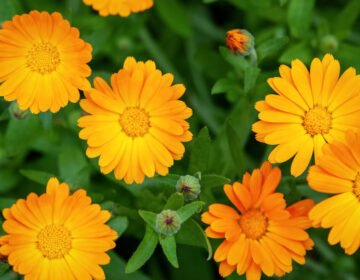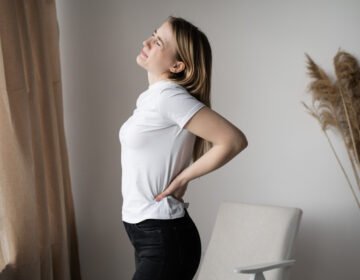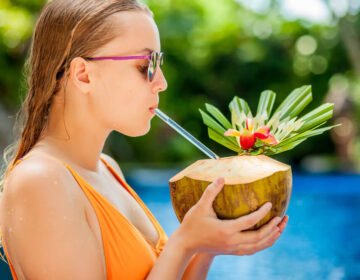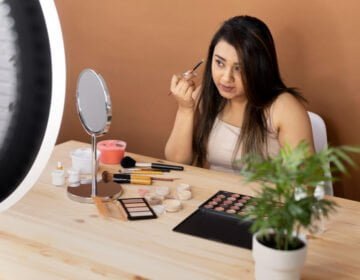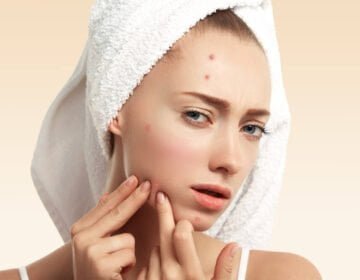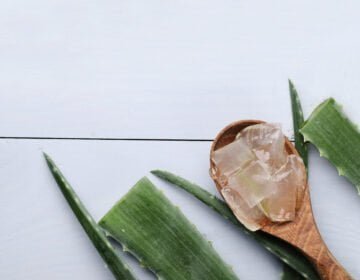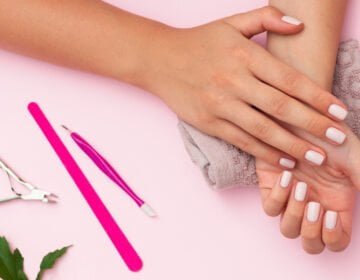
Treat head pimples the correct way
Head pimples are just as aching and itchy as a pimple on your face or back but exhausting to handle because it is safe by your hair. The only command to head pimples is that your hair chiefly hides them, but the natural oils from your hair can intensify your scalp pimples or cause new ones to form. Knowing about how to handle scalp acne and take preventative measures can help ensure that this pimple position is not a reoccurring problem.
Causes of head pimples
Just like pimples everywhere else, spots on the head also occur when a pore or hair follicle gets clogged with dead skin cells or sebum. It is a natural oil the skin uses to keep itself moisturized.
Some of the reasons behind the cause of head pimples include:
- oil clogging the follicles of dead skin cells
- excess use of products, such as hair gels, leave-in treatments, or hairspray
- not washing the hair properly
- waiting too long to wash the hair after a workout
- sweating while wearing a head covering
- diet can also be the result of head pimples
Germs that may be causing head pimples include:
- Yeasts from the Malassezia family
- Cutibacterium
- Staphylococcus epidermis
- Propionibacterium acnes
- Staphylococcus aureus
- Demodex folliculorum
Methods to get rid of head pimples.
Use topical products
Use benzoyl peroxide
Benzoyl peroxide is a common element in acne washes and places. It works by killing bacteria that may otherwise sabotage the orifice to form new pimples. It also helps clear away glut oil and dead skin cells from the mannered area.
Apply salicylic acid. Salicylic acid is one of the most commonly used contemporary acne elements in most facial washes and medicated wipes.
Use an alpha hydroxyl acid.
Glycolic acid and lactic acid are two kinds of alpha hydroxyl. Both forms of alpha hydroxy acids are frequently used in over-the-counter acne nursing, as they can help remove dead skin cells and decrease inflammation. Some studies recommend that alpha hydroxyl acids can also advance new, mushy skin growth.
Using prescription strength products
Apply Retinoid
Retinoids are a contemporary medication obtained from vitamin A. Retinoids get the stopper of hair follicles to decrease acne.
Try Dapsone
Daps One is a topical gel that helps treat acne by killing bacteria and keeping the holes in your skin neat and clean.
Take oral antibiotics
Oral antibiotics may be authorized for more moderate to grave acne to decrease the popularity of bacteria in the body that may cause acne. Antibiotics can also help reduce inflammation root in acne.
Preventing scalp pimple
Use shampoo daily
Most people wash their hair in days’ gaps. If you suffer from quick outbreaks of head pimples, that may not be more. This may help you decrease the number of oils in your hair, reducing the possibility of having a pimple outbreak along the scalp.
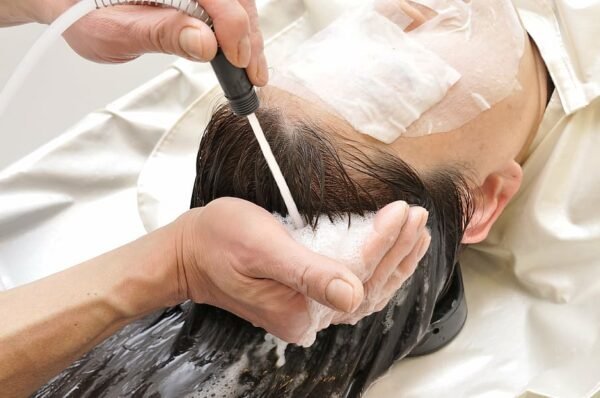
Brush/comb your hair daily.
Brushing or combing your hair helps clear dead skin cells and fractures aside hair strands that your head’s natural oils have joined. This can help stop acne by clearing the skin cells that may have clogged your pores and dividing the hair strands that may have otherwise held oils corner against your scalp.
Avoid known irritants
Wash your hair daily; the problem may be something you put into it. Avoid using hair styling cosmetics and other products.
Conclusion
Pimples on the head are relatively common and are treated similarly to pimples on other parts of the body. Head pimples sometimes can also be a sign of more severe conditions. When the pimples do not respond to usual treatments, consult a doctor to determine the best treatment plan.
Head pimples may take some time to fade. Avoid picking spots on the scalp to prevent the spreading of bacteria or creating deep scar tissue. Taking preventive measures can also help stop scalp acne from coming back in many cases.



